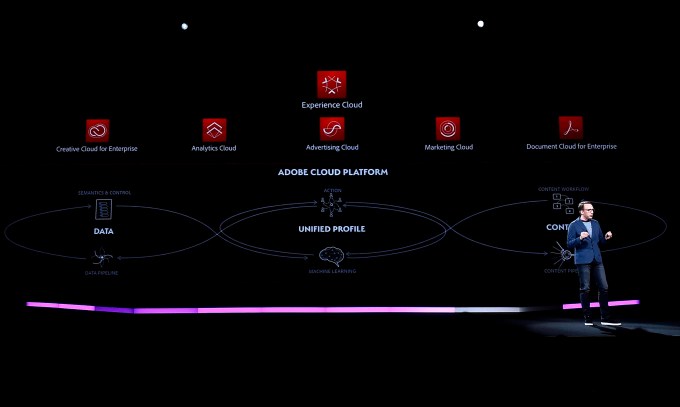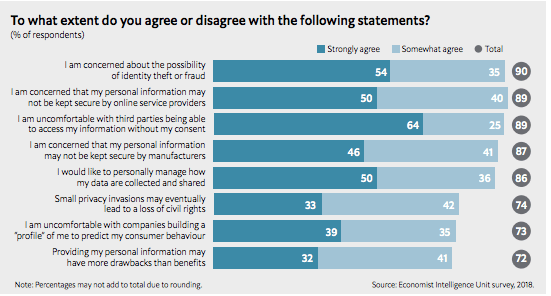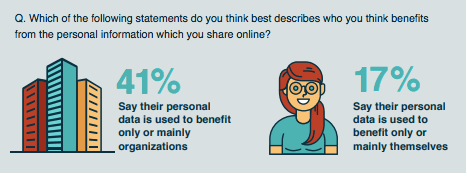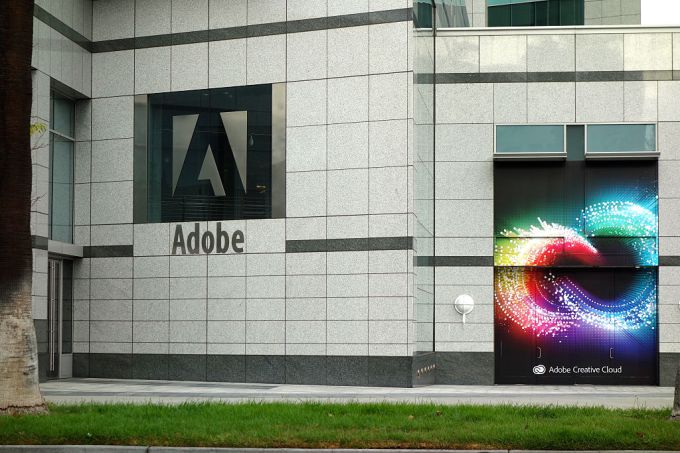For years, marketers have been trying to optimize the online shopping experience to better understand their customers and deliver more customized interactions that ultimately drive more sales. Artificial intelligence was supposed to accelerate that, and today Adobe announced enhancements to Adobe Target and Adobe Experience Manager that attempt to deliver at least partly on that promise.
Adobe has been trying to lift the enterprise side of its business for some time, and even though they are well on their way to becoming a $10 billion company, the potential for even more revenue from the enterprise side of the business remains tantalizing. They are counting on AI to help push that along.
Adobe’s Loni Stark says companies are looking for more sophisticated solutions around customization and optimization. Part of that involves using Adobe’s intelligence layer, which they call Sensei, to help marketers as they tweak these programs to drive better experiences.
For starters, the company wants to help users choose the best algorithms for any given set of tasks. Adobe is bringing AI in to assist with a tool it released last year called Auto-Target. “One of the challenges marketers face has been which algorithms do you use, and how do you map them to your personalization strategy. We are enabling Adobe Sensei to choose the best algorithm for them.” She says giving them a smart assistant to help choose should make this task much less daunting for marketers.
Adobe is also bringing some smarts to layout design with a new tool called Smart Layouts, first introduced in March at Adobe Summit. The idea here is to deliver the right layout at any given time to allow marketing teams to scale personalization and increase the likelihood of action, which in marketing speak means buying something.
Once again the company is letting AI guide the process to generate different layouts automatically for different segments, depending on visitor behavior at any given moment. That means a retailer should be able to deliver ever more granular pages based on what it knows about visitors as they move through the shopping process. The more customized the experience, the more likely the shopper turns into a buyer.
Adobe is also looking at new delivery channels, particularly voice, as devices like the Amazon Alexa become increasingly popular. As with the web, mobile, print and other delivery approaches, marketers need to be able apply basic tasks like A/B testing on different voices or workflows, and the company is building these into their tools.
All of these new features are part of Adobe’s ongoing attempt to streamline its marketing tools to make life easier for its customers. By using artificial intelligence to help guide the workflow, they hope to drive more revenue from the digital experience side of the house. While these tools should help, Adobe still makes the vast majority of its money from Creative Cloud. The Digital segment still lags at $586 million (up 18 percent YoY) out of total quarterly revenue of 2.20 billion in the most recent report in June.
The company spent a hefty $1.68 billion in May to snag Magento. They are due to report their next quarterly report on September 18th, and it will be interesting to see if the Magento acquisition and increasing use of artificial intelligence can help continue to grow this side of the business.




 Oracle announced a slew of AI-driven capabilities across its Customer Experience Cloud Suite today that are designed to help users to deliver better, faster and more personal experiences. If you think you’ve heard this before, it’s because Oracle joins its customer experience competitors in offering a similar set of capabilities complete with underlying artificial…
Oracle announced a slew of AI-driven capabilities across its Customer Experience Cloud Suite today that are designed to help users to deliver better, faster and more personal experiences. If you think you’ve heard this before, it’s because Oracle joins its customer experience competitors in offering a similar set of capabilities complete with underlying artificial…  For years we’ve been hearing about the promise of customer experience management, the notion that you can understand your customer at a highly detailed level and serve them the content, products, services and even ads that matter (or at least make sense) to them.
For years we’ve been hearing about the promise of customer experience management, the notion that you can understand your customer at a highly detailed level and serve them the content, products, services and even ads that matter (or at least make sense) to them. We’ve all had crappy customer service calls. Primed by staticky elevator music and the ever-mysterious agitating echo, most of us come into calls with strained patience. On the line, customer service and sales agents are paid to build relationships, but after a long day of working with callers (who typically only call if they’re having a problem), even the bubbliest of people can…
We’ve all had crappy customer service calls. Primed by staticky elevator music and the ever-mysterious agitating echo, most of us come into calls with strained patience. On the line, customer service and sales agents are paid to build relationships, but after a long day of working with callers (who typically only call if they’re having a problem), even the bubbliest of people can…  Companies like Makespace and Clutter have fully encroached upon the old-school industry of storage, but the even more ancient moving industry has been left relatively untouched.
Companies like Makespace and Clutter have fully encroached upon the old-school industry of storage, but the even more ancient moving industry has been left relatively untouched. EMC and Hippo announced a partnership today in which Hippo, an open source web content management platform, will integrate with EMC Documentum, EMC’s enterprise content management software.
EMC and Hippo announced a partnership today in which Hippo, an open source web content management platform, will integrate with EMC Documentum, EMC’s enterprise content management software. Business today has entered a twilight zone of sorts where what you used to know doesn’t really apply any more. From the firewall mentality in IT to traditional marketing and advertising approaches in marketing to the way you run your customer service desk — it’s all changing because of the digital transformation happening all around us. And you have to change too by…
Business today has entered a twilight zone of sorts where what you used to know doesn’t really apply any more. From the firewall mentality in IT to traditional marketing and advertising approaches in marketing to the way you run your customer service desk — it’s all changing because of the digital transformation happening all around us. And you have to change too by…